| Recent Times
Coseley Council’s housing scheme continued after the
Second World War, much as it did previously. By the mid 1960s there were over 5,000
council houses in the area. Recreational
facilities for the residents were also
considered in the form of public parks and open
spaces. Silver Jubilee Park was greatly improved
with the addition of embankment gardens, tennis
courts, a bowling green, a bandstand and playing
areas. Another recreational facility is Clayton
Park, between Gough Road and Old Meeting Road.
The park, which is named after Richard Clayton,
the Council’s first Chairman, opened in 1935 and
has been fitted out with swings and other
equipment, and also Coseley Youth Centre
pavilion.
The council owns part of
Beacon Hill, an ideal place for a walk, with
fine views across the West Midlands and
Shropshire, and also the wooded area of Mons
Hill, at Woodsetton, which is a nature reserve.
The council also acquired the nearby Parkes Hall
Pool, which is used by anglers.
|

A corner of Silver Jubilee Park.
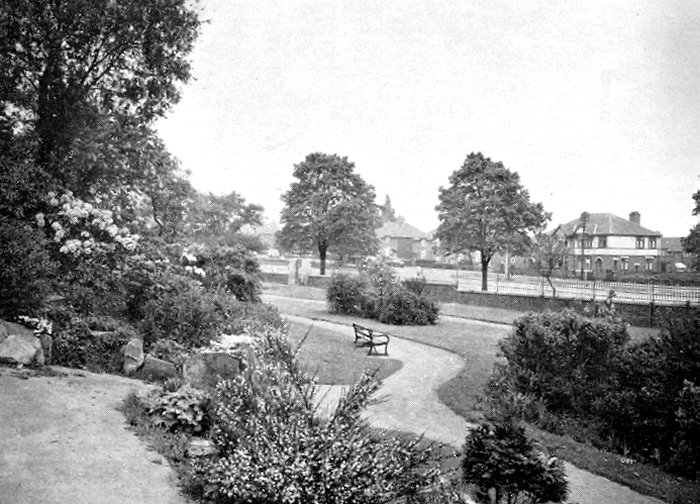
Looking across Silver Jubilee Park
towards Birmingham New Road.
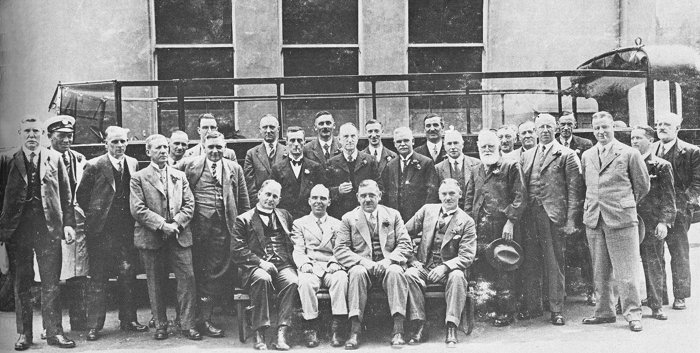
Coseley Council's outing to Bath in
1930.
| At Laybourne Park in Union
Street, which opened in 1939, there are football
pitches and exercise machines. There is a play
area at King George V Playing Field, Hurst Hill
and a play area at Hilton Hall Community Centre,
in Hilton Road, Lanesfield, and at Coseley
Cricket Club in Church Road. The cricket club
opened on the site in 1870 and has 3 teams
playing in the Staffs Club Championship and two
teams playing in the Worcester Borders Sunday
League. A Youth section has also been
introduced. Coseley also has a volleyball club
that has been based at Coseley Leisure Centre. Coseley once had a fine
swimming pool in Pear Tree Lane, which opened on
the 30th November 1963. It was extremely popular
with locals and people from the surrounding
area. The pool was 110 feet long by 42 feet
wide, and was 3 feet 3 inches deep at the
shallow end and 14 feet 3 inches deep at the
deep end. It held 220,000 gallons of water,
weighing about 982 tons. The pool was supported
on a suspended reinforced concrete slab, which
was in turn supported on reinforced concrete
beams and columns. This was necessary because of
the poor load bearing qualities of the ground
which had once been heavily mined. |

Coseley's swimming baths.
|
The pool had been
constructed to Amateur Swimming Association
requirements and the reinforced concrete diving
stages, which were an integral part of the
building, had a five metre firm board and a one
metre and three metre spring boards. There was a
spectator balcony with 213 permanent seats and
additional seating to bring the seating capacity
to 350.
There were normal changing
rooms and cloakroom facilities, a sun terrace at
pool level, a car park for 100 cars and a cafe
supplying beverages, snacks and light meals. A
"Supachute" slide was added in the late 1980s.
The baths were a popular venue for swimming
galas and County and National events. They were
the headquarters of the Coseley Town Swimming
Club. The building began to deteriorate in the
1980s and 1990s. It was seen as too expensive to
repair, and so the baths closed in August 2009.
The building was demolished in March, 2010.
|
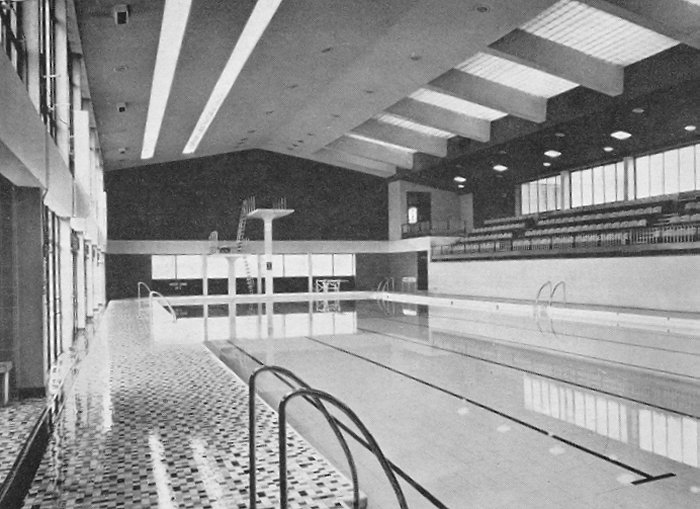
The swimming pool.

Another view of the baths.
|
Gardeners are well catered
for. There are Coseley Allotments in Clifton
Street, Hurst Hill, and Bayer Street Allotments,
between the railway and the canal, off Bayer
Street.
Education
School children have been
well-catered for in Coseley, from the 19th
century, to the present day. I have included the
following list of some of the many schools that
are, or were in the area.
Mount Pleasant Senior
School was a secondary school built in 1913. It
merged into the new Coseley School in 1969 and
remained as the school's annex until July 1972.
From March 1992 until 2013, the school housed
the Metropolitan Borough of Dudley's records
office and archive service. When the new
archives building opened in Tipton Road, Dudley,
the school closed and was converted into
apartments.
Manor Secondary School,
opened in 1933, on Ettingshall Road, at
Woodcross. The school was a great success, but
in the second half of the 1940s, the many
housing schemes led to a greatly increased local
population. A larger replacement school was
built in Lawnswood Avenue. The school, Parkfield
Secondary Modern School, opened in April 1962,
although Manor Secondary School remained open
until July 1969. The old buildings then housed
the new Manor Primary School.
|

Broad Lanes School's boys
football team in 1922. They were proudly
displaying their trophies from the 1921-1922
season including the league cup, the Chisworth
challenge cup and their medals. The school was
known as 'the tin school' because many of the
buildings were constructed with corrugated iron.
From an old postcard. |
|
Parkfields School came under
control of Wolverhampton council as a result of
boundary changes in April 1966, and became the
South Wolverhampton and Bilston Academy in
September 2009. Three years later the school
moved to a new site at Bilston. The old school
then became the Orchard Centre, a special school
for children from 11 years of age.

Parkfields Secondary
School in the mid 1960s.
The Coseley School opened
off Ivyhouse Lane in 1969. Due to a decline in
pupil numbers, it closed in 2016. One of the oldest schools
in the area is Christchurch Primary School,
which was built in the 19th century.
Hurst Hill Primary School
opened in November 1986 in Paul Street. It was
formed as a result of the merger of St. Mary's
Primary School and Mount Pleasant Primary
School. The school was officially opened on the
2nd March, 1987 by Neil Kinnock. Wallbrook Primary School,
Bradley's Lane, opened in 1954 and caters for
around 275 pupils.
Highfields Primary School
opened at the end of Bell Street, in September
1972, as a one-form entry primary school to serve
the north-eastern part of Coseley. In July 2006
the school closed because of falling pupil
numbers. In March 2008 the buildings were taken
over by Rosewood Primary School, for boys with
special needs.
Hurst Hill County Primary
school, in Hollywell Street, catered for juniors
and infants in separate classrooms. In 1964 it
relocated to the Manor School and the buildings
were taken over by St. Mary's C. of E. Primary
School.
St. Mary's Primary School,
on the corner of Hurst Road and Clifton Street,
was a 19th century C. of E. school built to
serve the Hurst Hill area. There was also a
junior school next to St. Mary's Church, in
Gorge Road. The school moved to Hurst Hill
County Primary school in the early 1980s and
moved again in November 1986 to Hurst Hill
Primary School. St. Chad's Mixed Infant
School, Portland Place, was another C. of E. school,
which was
close to St. Chad's Church. |
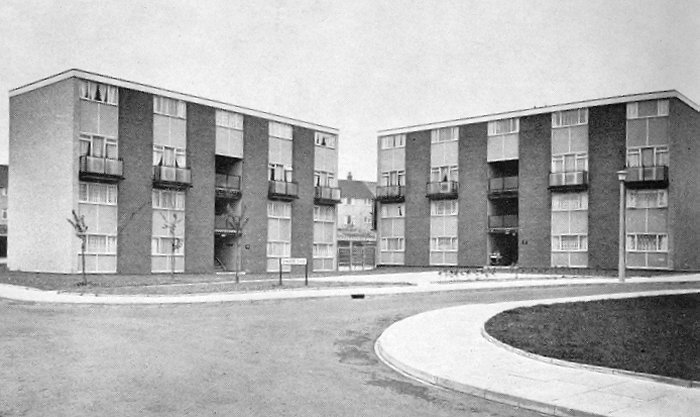
Council flats in Chaucer Close,
Wallbrook, in the mid 1960s.
|
In 1960 a new "lawn"
cemetery was provided by Coseley Council at
Beacon Hill.
In 1966 an important event
happened, as a result of the Local Government
Reform Act. Coseley lost its status as an urban
district, and was divided between Dudley,
Sandwell and Wolverhampton.
The south of part of
Coseley became part of the Dudley County
Borough, and since 1974, the Metropolitan
Borough of Dudley. The north part of Coseley,
consisting of the Brierley area, Lanesfield,
Woodcross and most of Ettingshall were merged
into the Wolverhampton and a smaller area
bordering Tipton (part of Princes End) was
transferred into the expanded borough of West
Bromwich, in turn becoming part of Sandwell in
1974.
|

New houses on the approaches to Mons
Hill.
| Over the years, many people have
looked forward to Coseley Carnival, held
annually in June. Events include a procession
through many of the streets to end at Silver
Jubilee Park, where many displays and
competitions are usually held, along with a fun
fair and the crowning of the carnival queen.
|
|
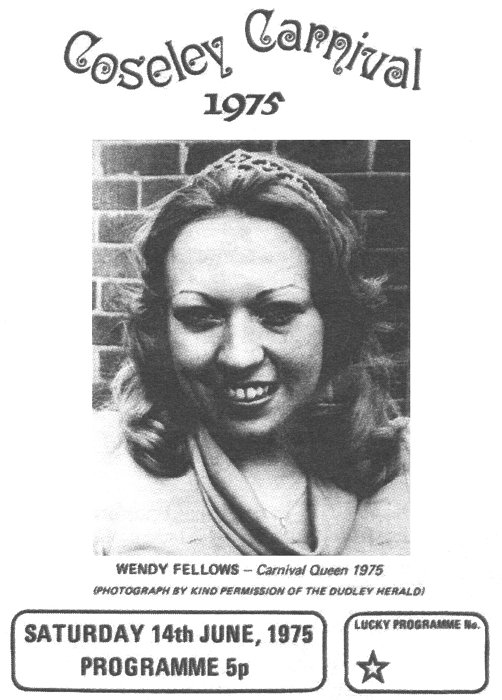
The 1975 programme. |
|

From the 1975
programme. |
|
Coseley’s main shopping
street, Castle Street, has been rebuilt since
the 1960s, only a few of the older buildings
still remain. Green Street was widened to become
part of a bypass for Castle Street which opened
on the 23rd August, 1989. In
2011 the population was
12,357.
Coseley is now primarily a
residential area, but has still retained some
important industries. It is now a desirable
place in which to live, thanks to the many
attractive housing estates and the many
amenities.
|
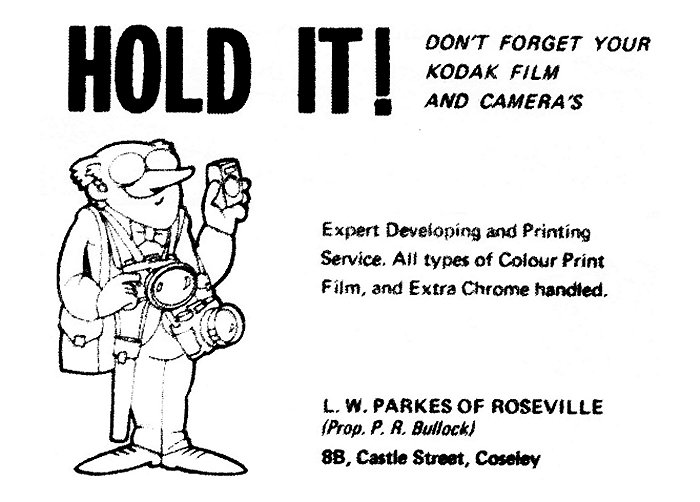
An advert from 1975.
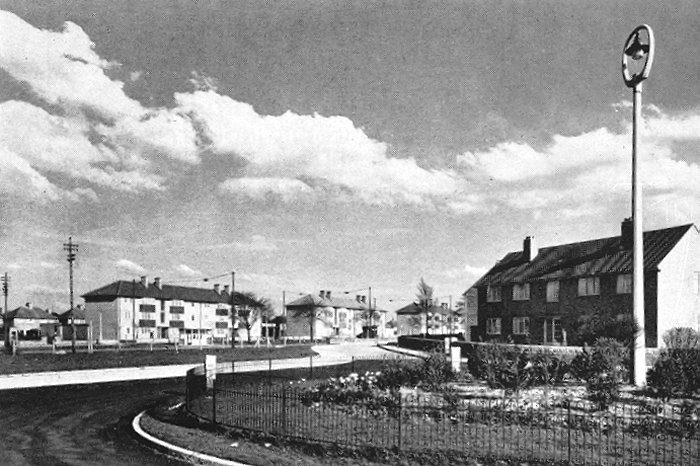
Houses and flats at Parkfields in the
mid 1960s.
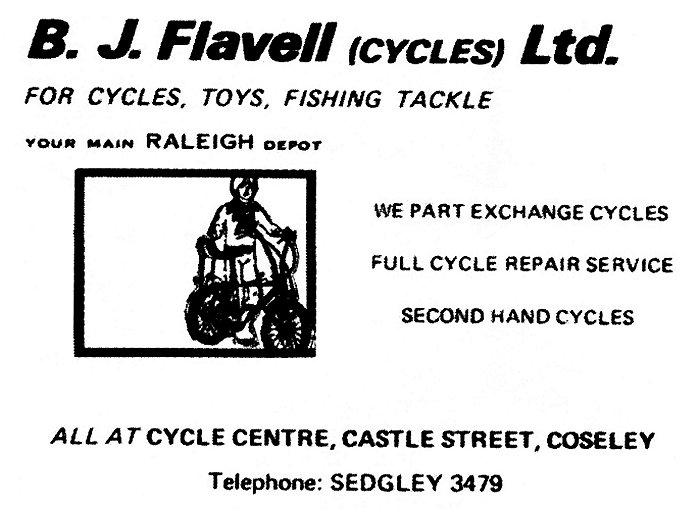
An advert from 1975.
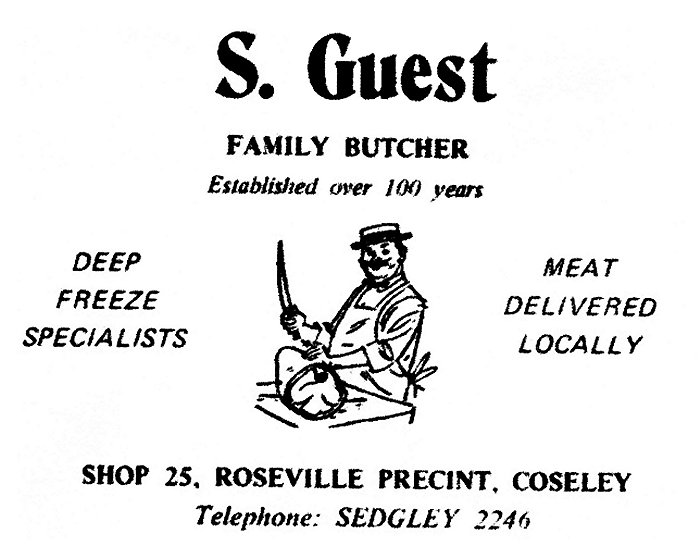
An advert from 1975.
 |
|
 |
|
 |
Return to
the
20th Century |
|
Return to
the
Contents |
|
Proceed to
References |
|